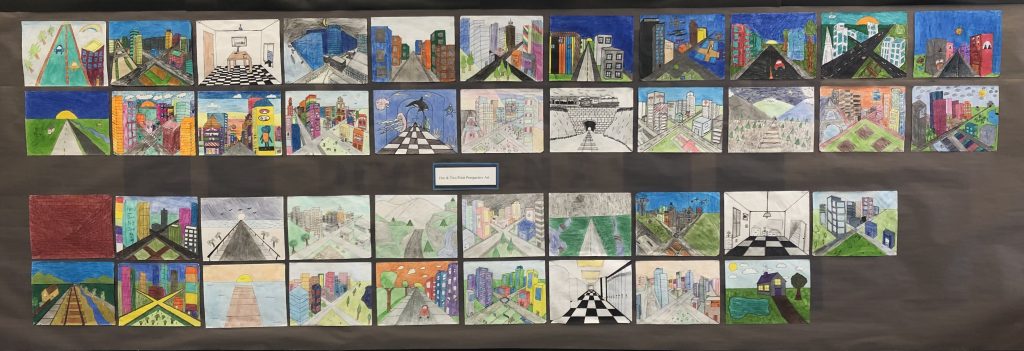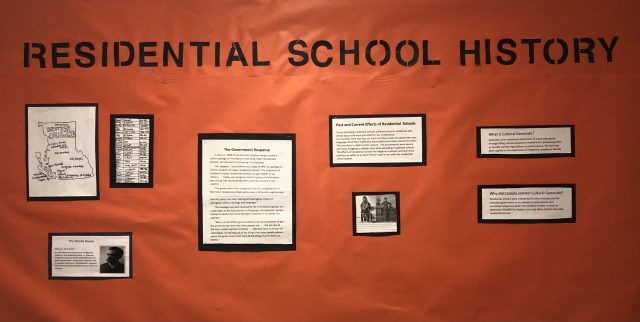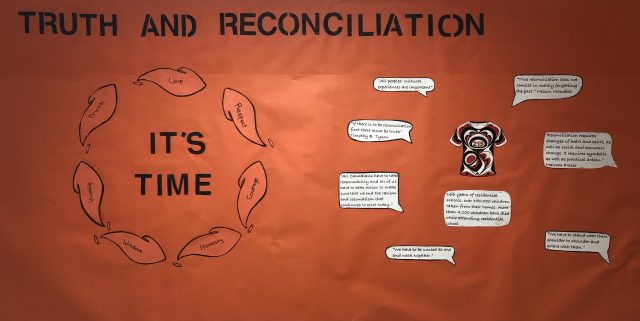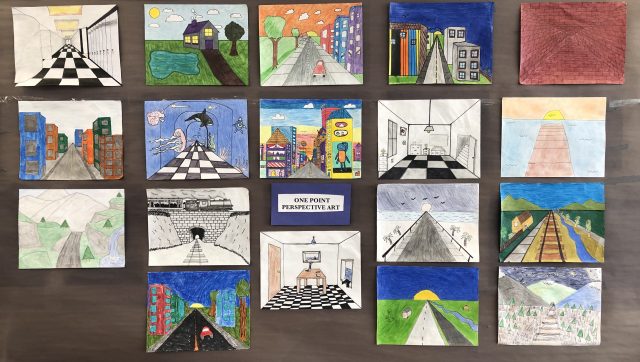This week students will be learning how to evaluate websites and identify reliable sources of information before beginning their research on the solar system and extreme environments. They will also be learning how to take key word notes and paraphrase the information.
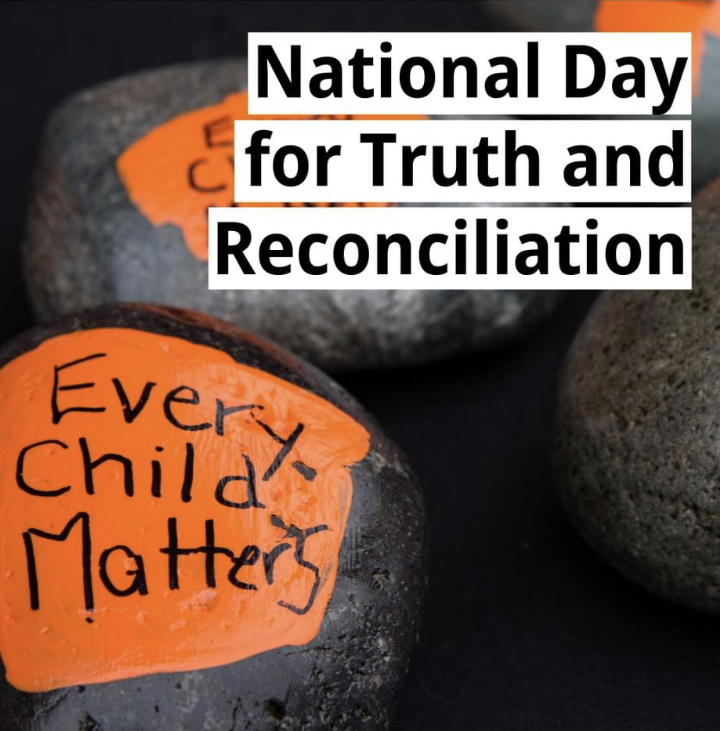
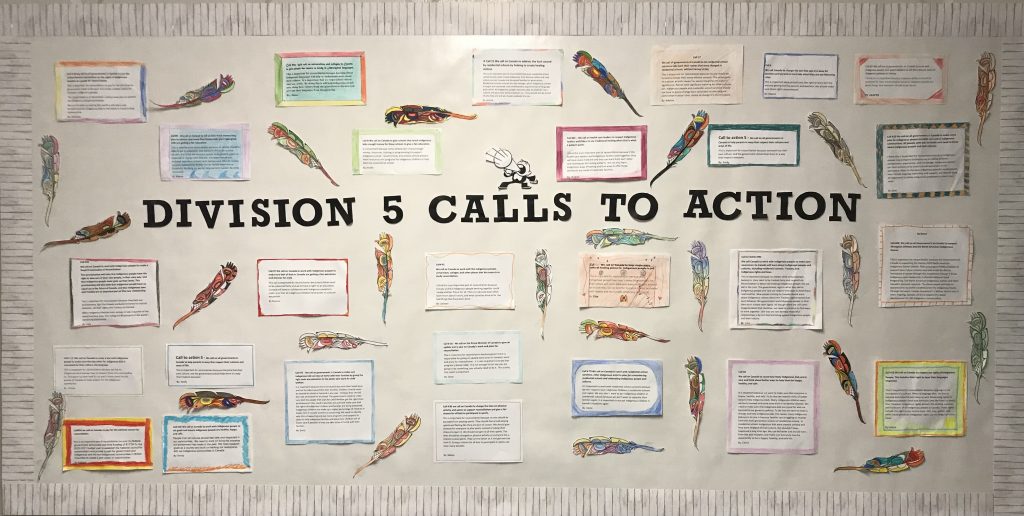
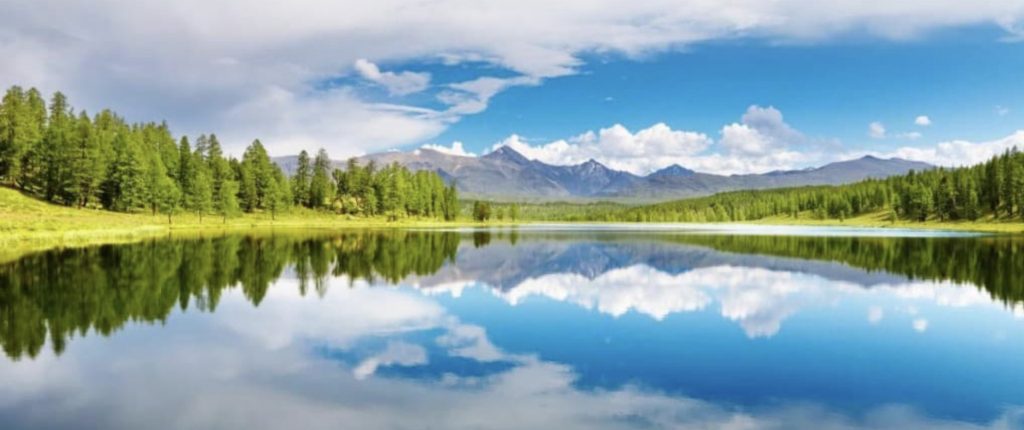
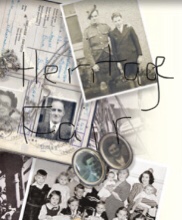
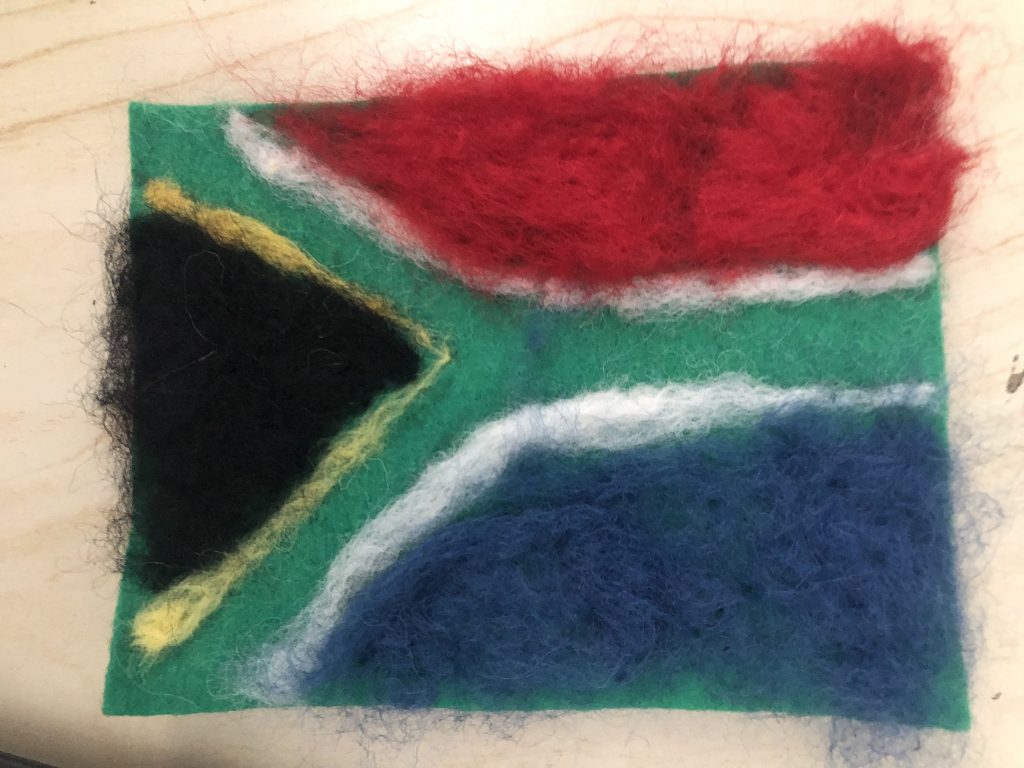
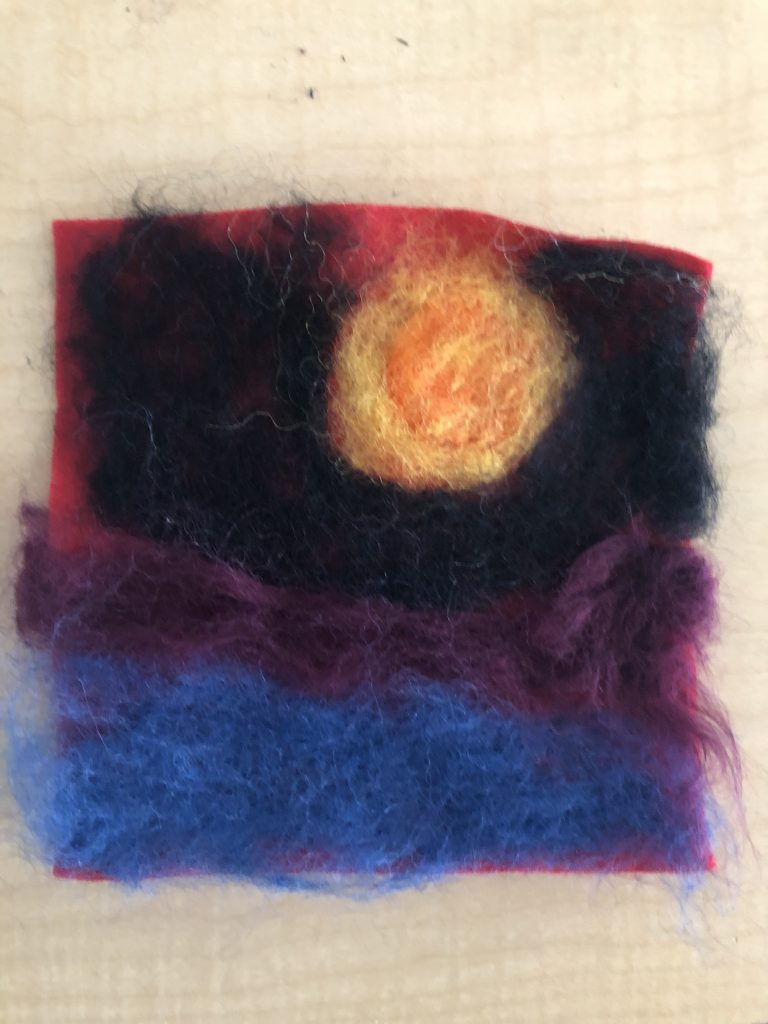
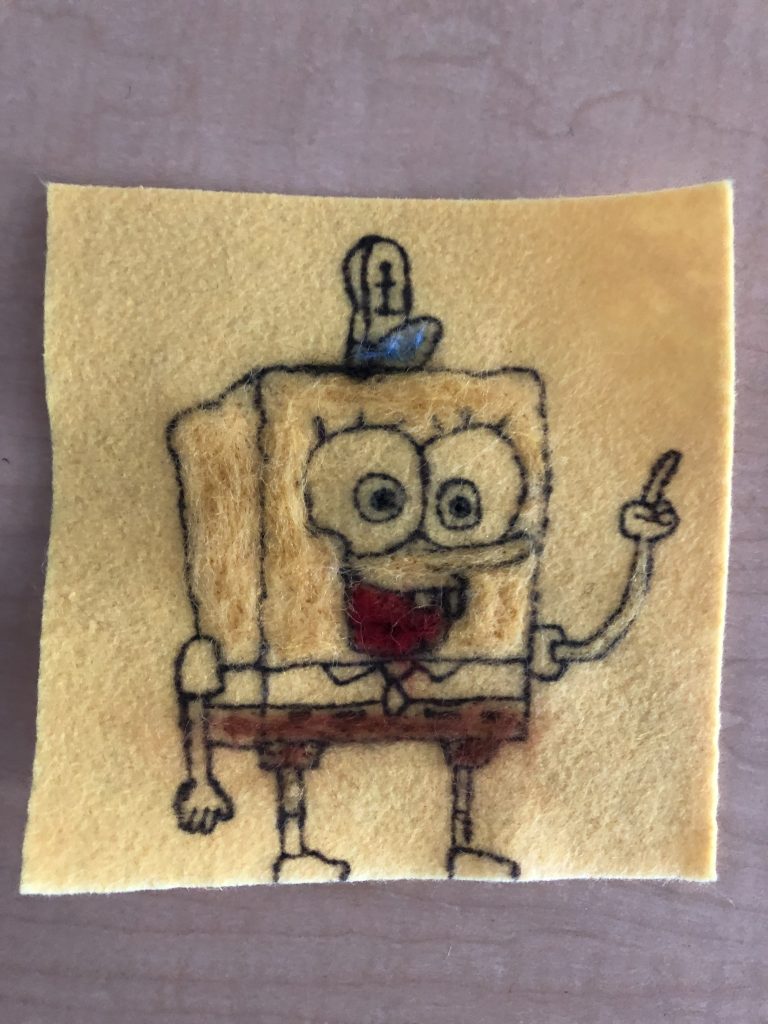
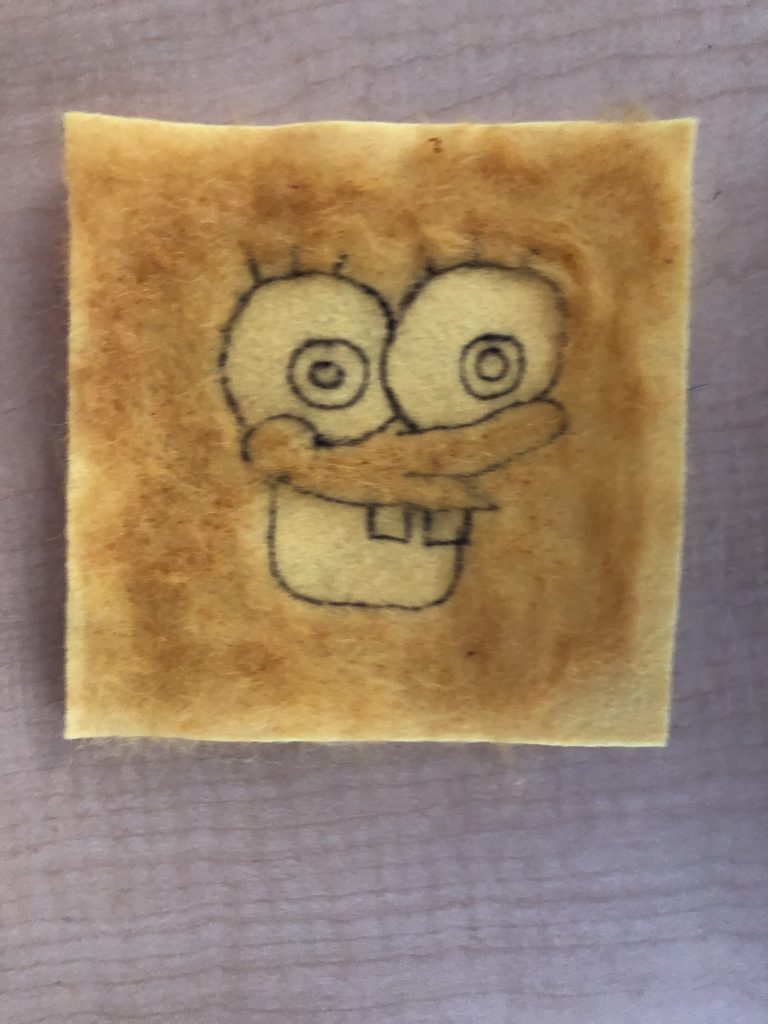
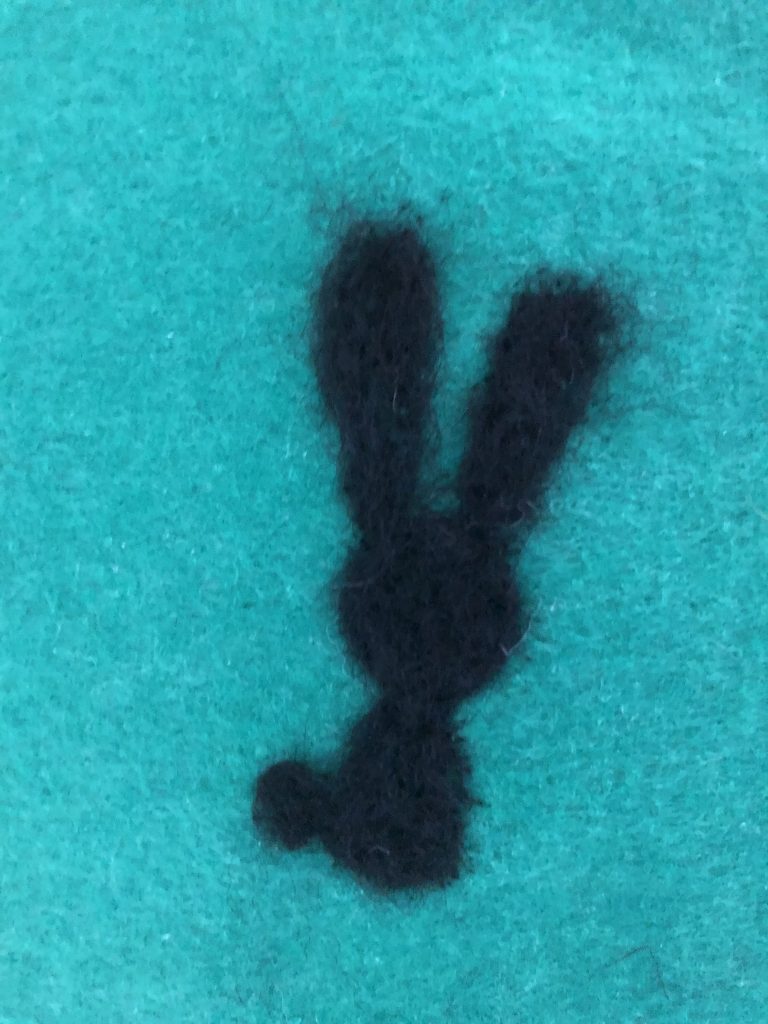
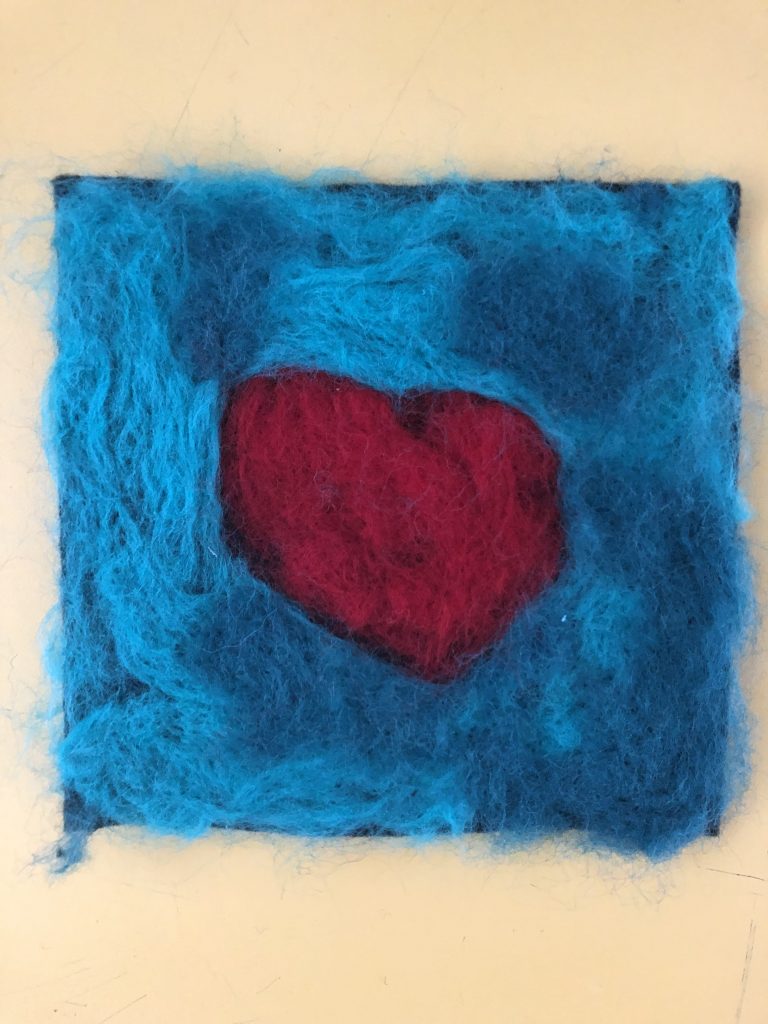
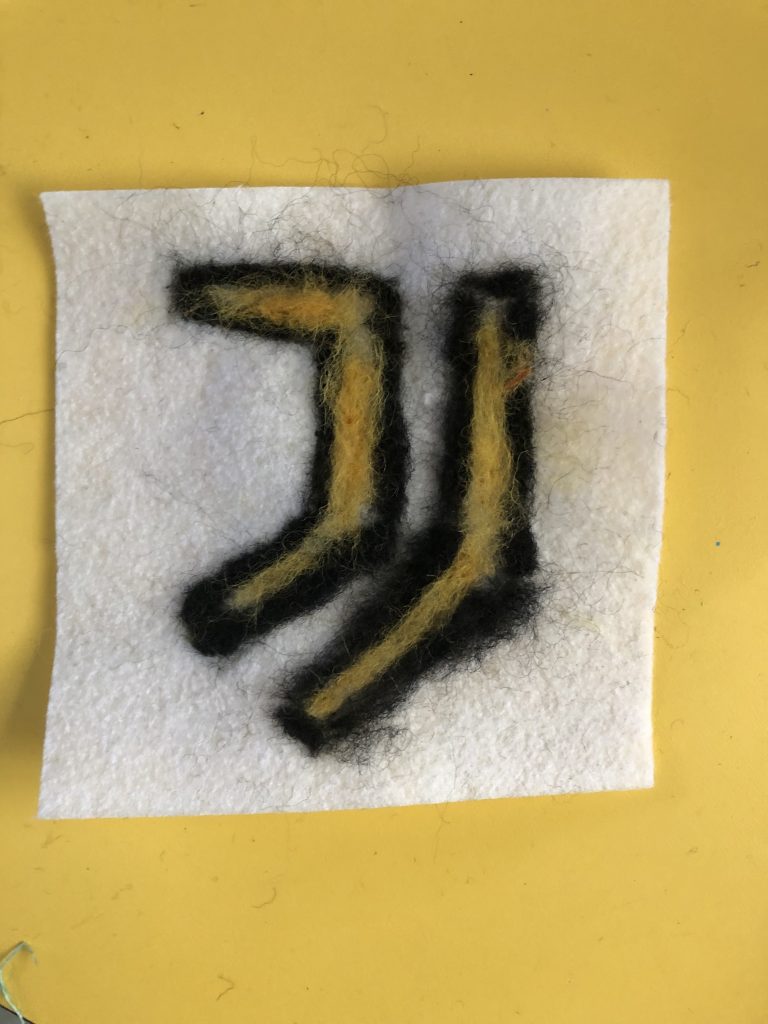
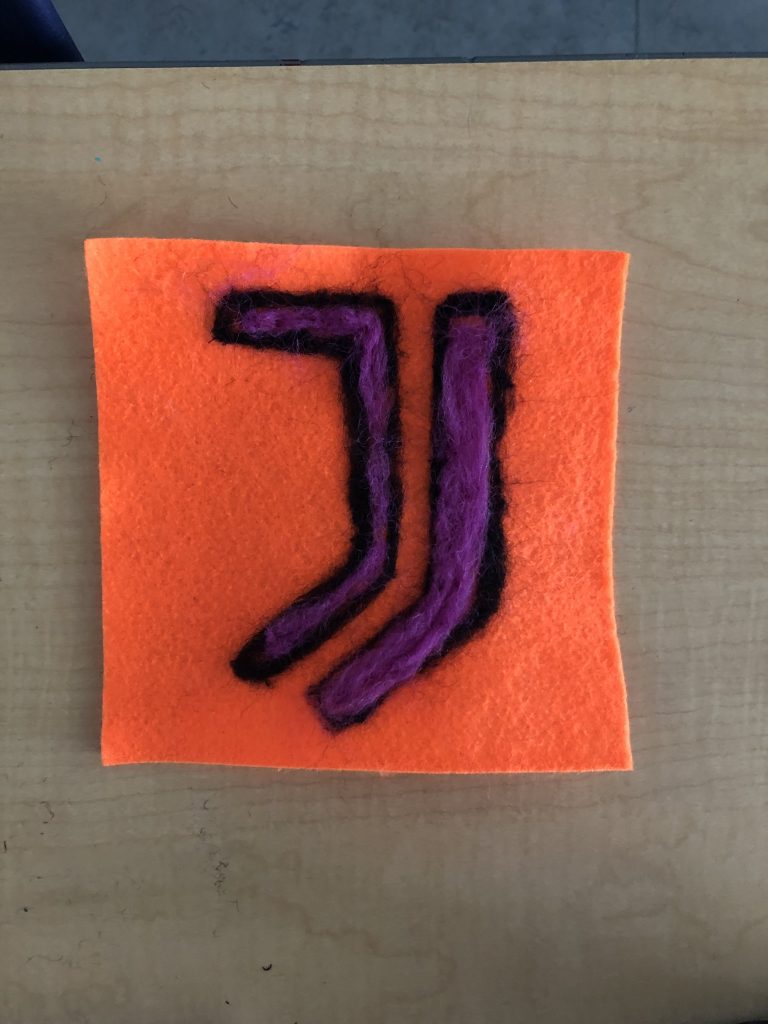
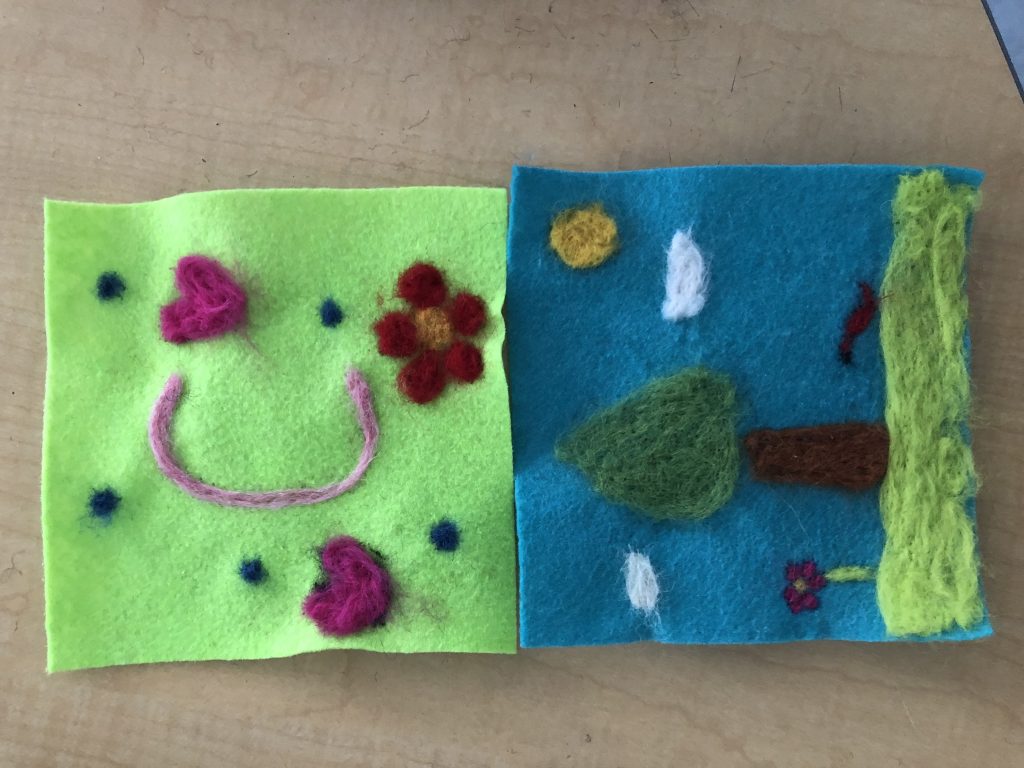
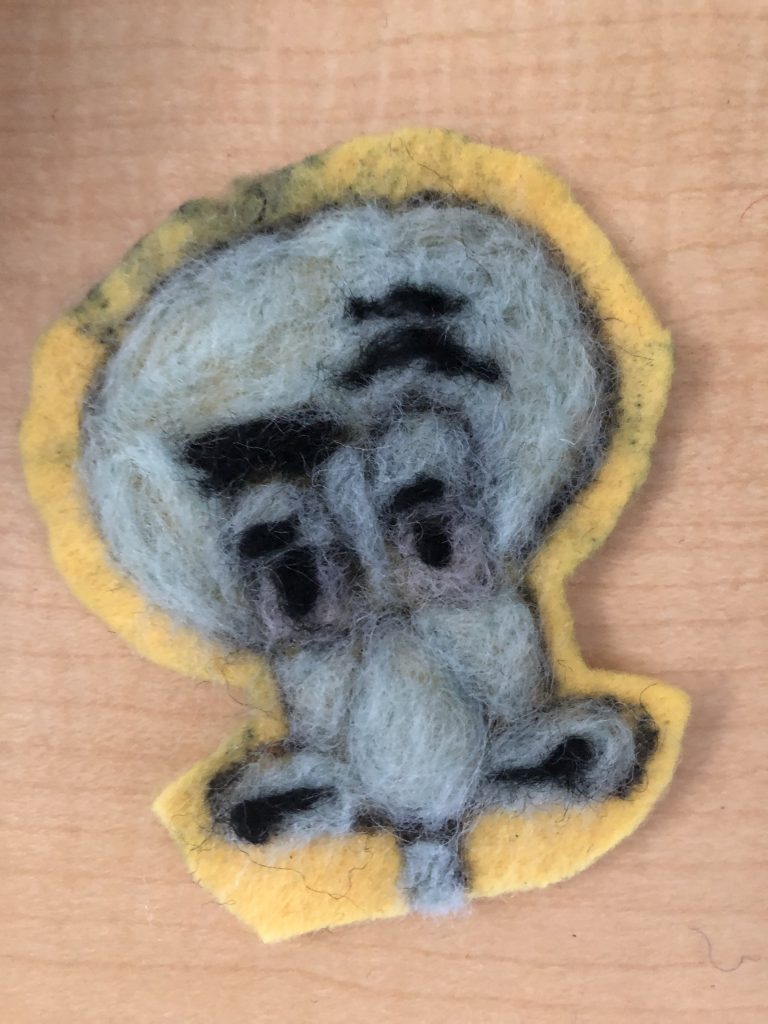
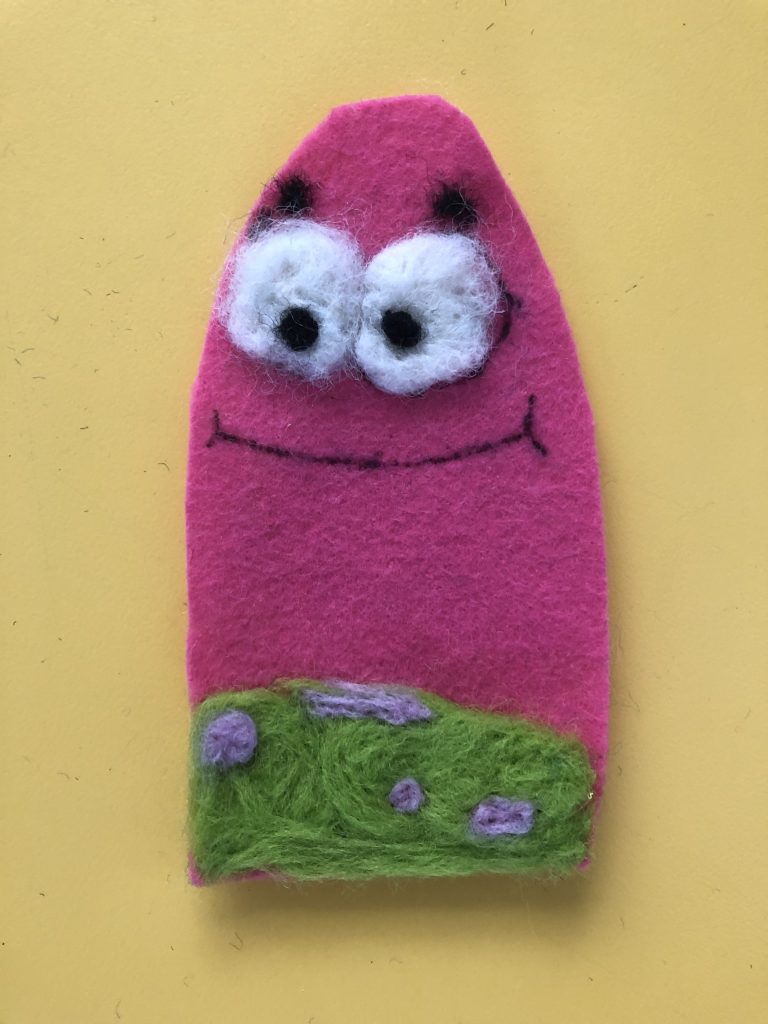
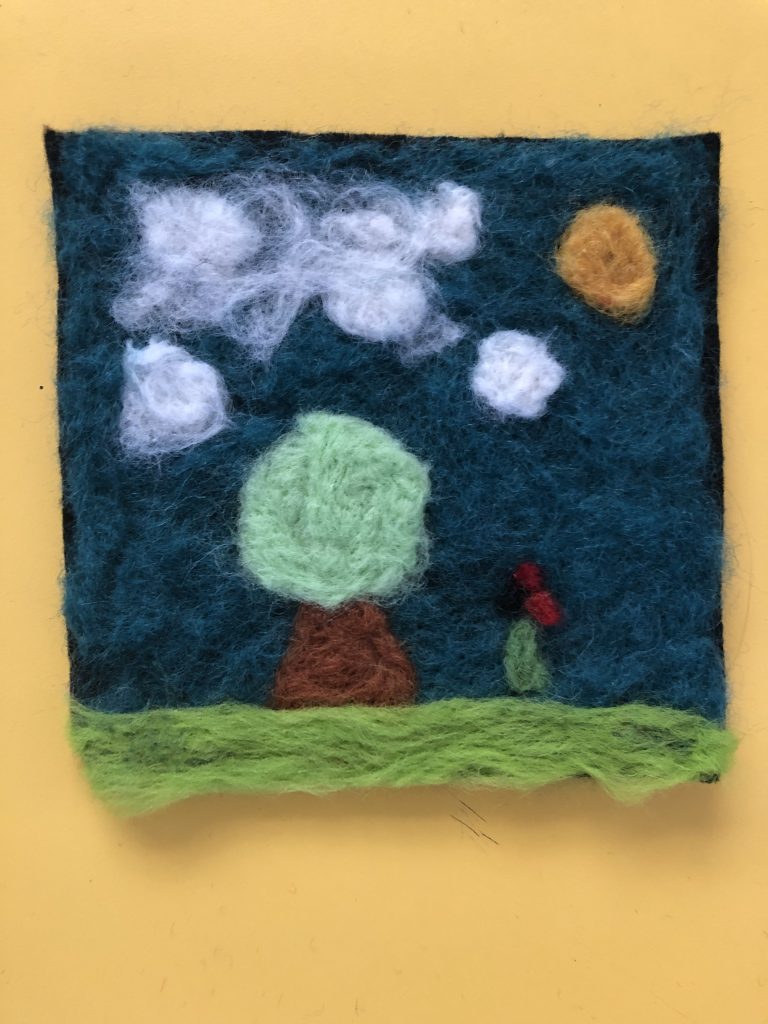
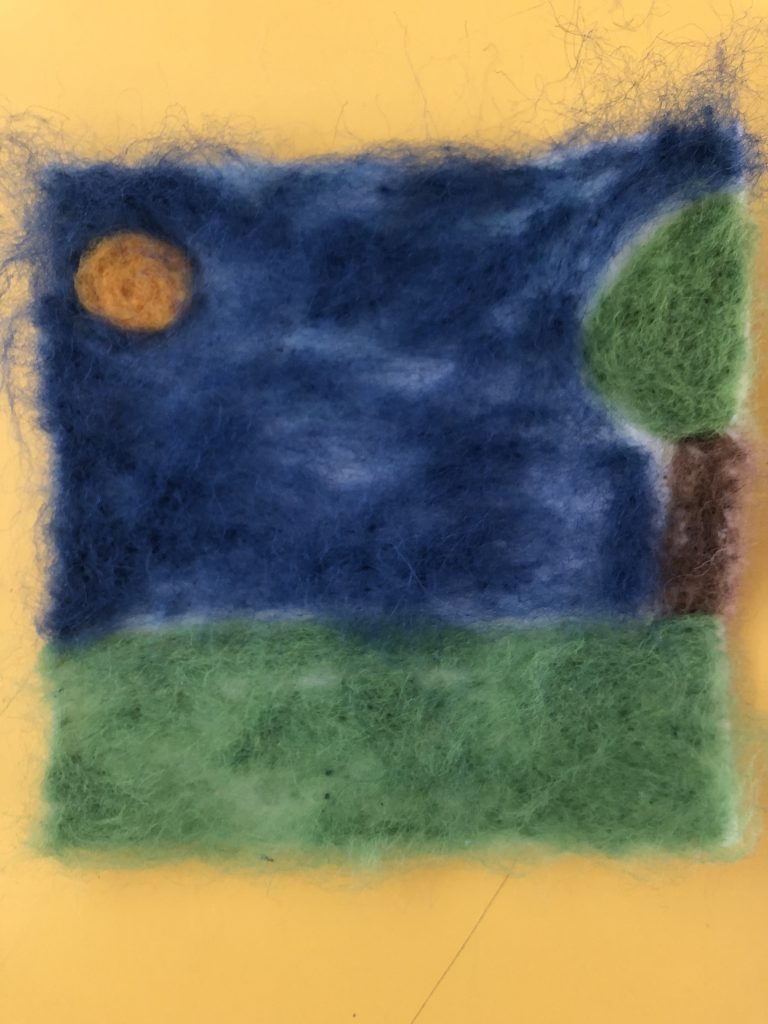
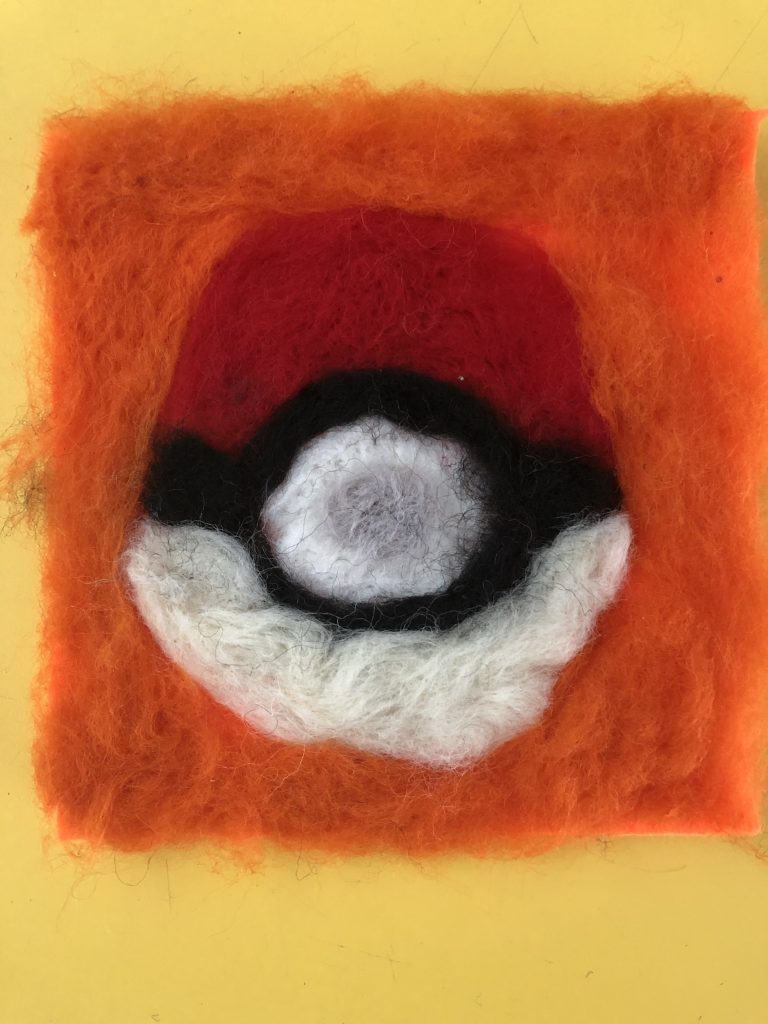
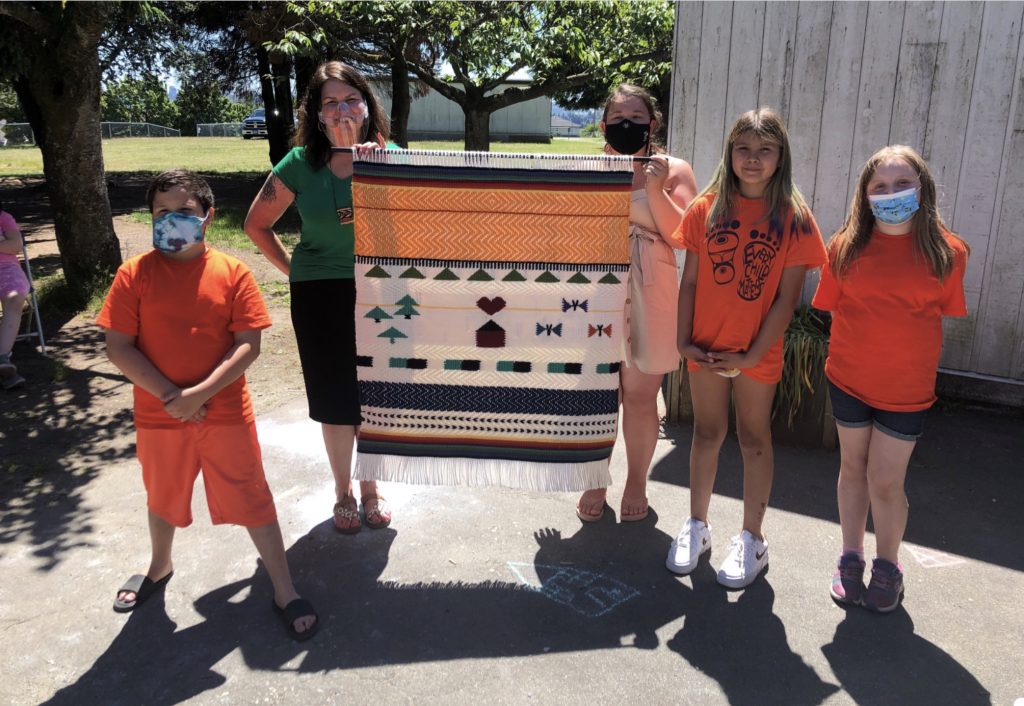
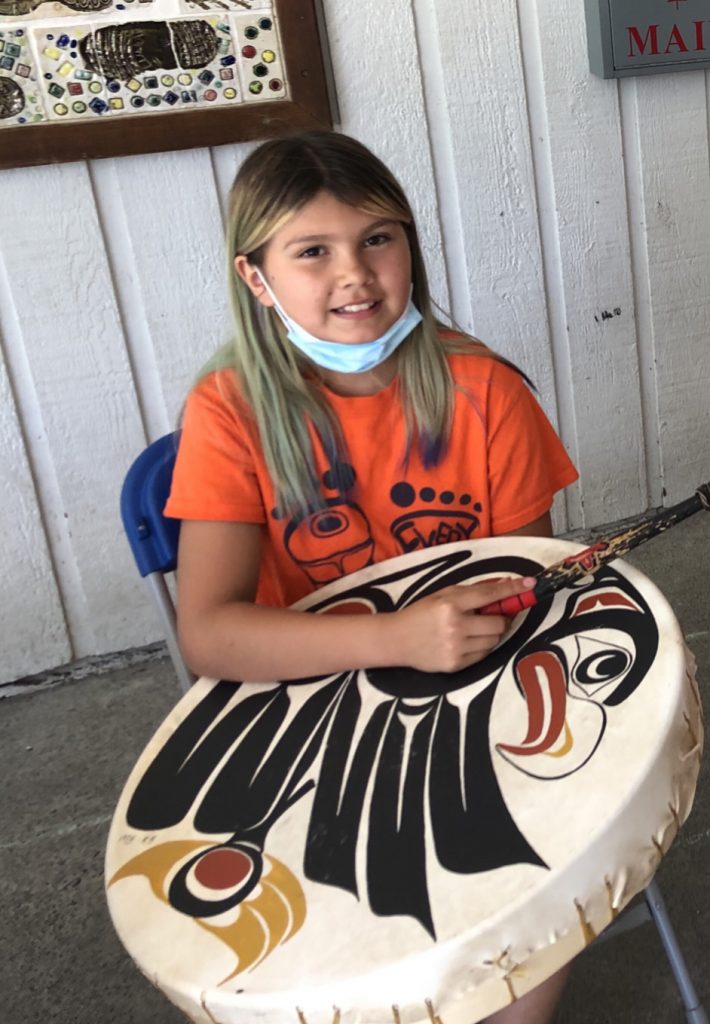 What a wonderful way for us to mark National Indigenous Peoples Day! Last year, we embarked on a weaving project with Coast Salish weavers Angela George and her apprentice Caitlin. They led us through a process where together we brainstormed our school values. Words such as kind, caring, our natural environment and the weaving of our French and English program were all ideas that were woven into the loom.
What a wonderful way for us to mark National Indigenous Peoples Day! Last year, we embarked on a weaving project with Coast Salish weavers Angela George and her apprentice Caitlin. They led us through a process where together we brainstormed our school values. Words such as kind, caring, our natural environment and the weaving of our French and English program were all ideas that were woven into the loom.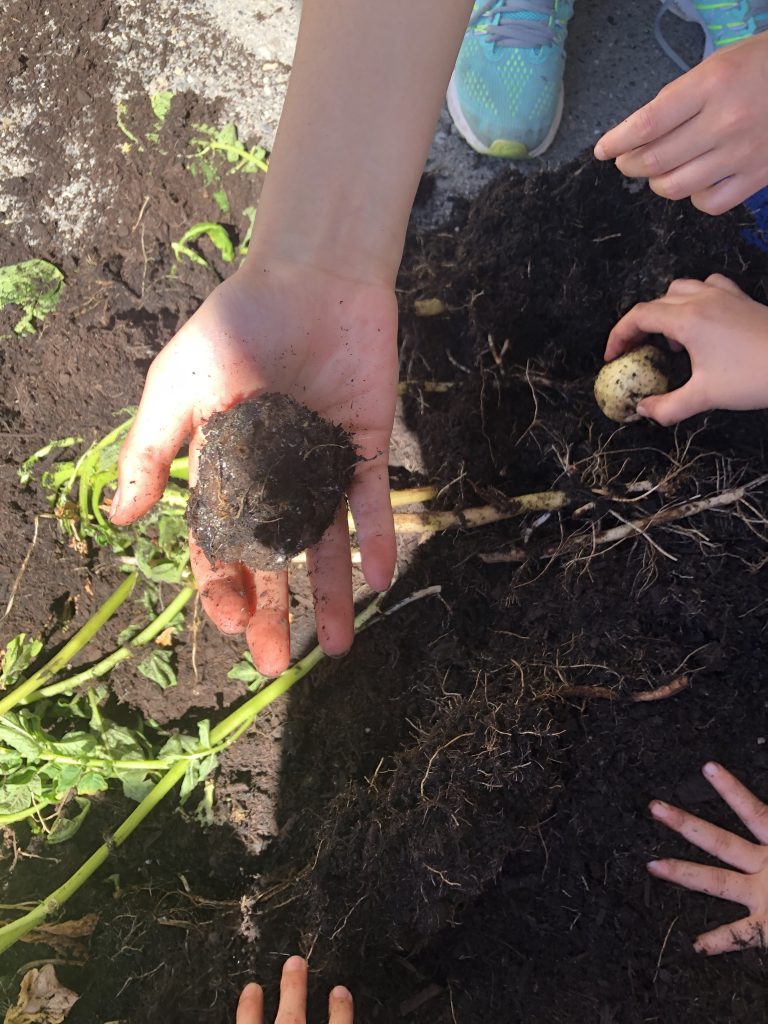
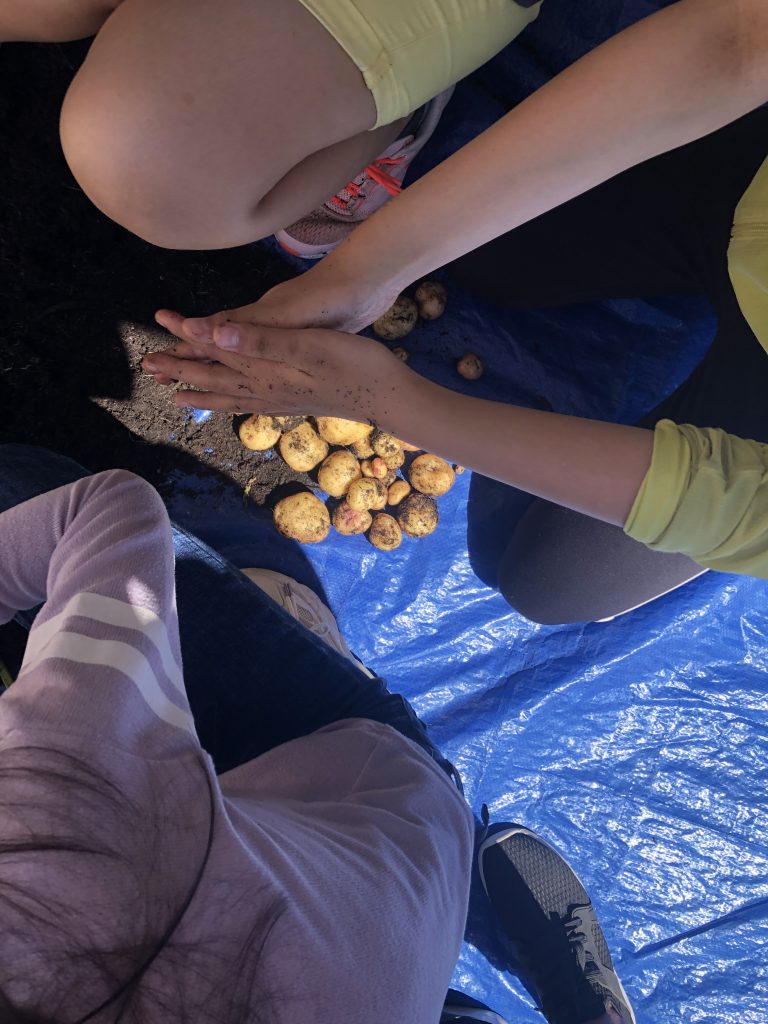
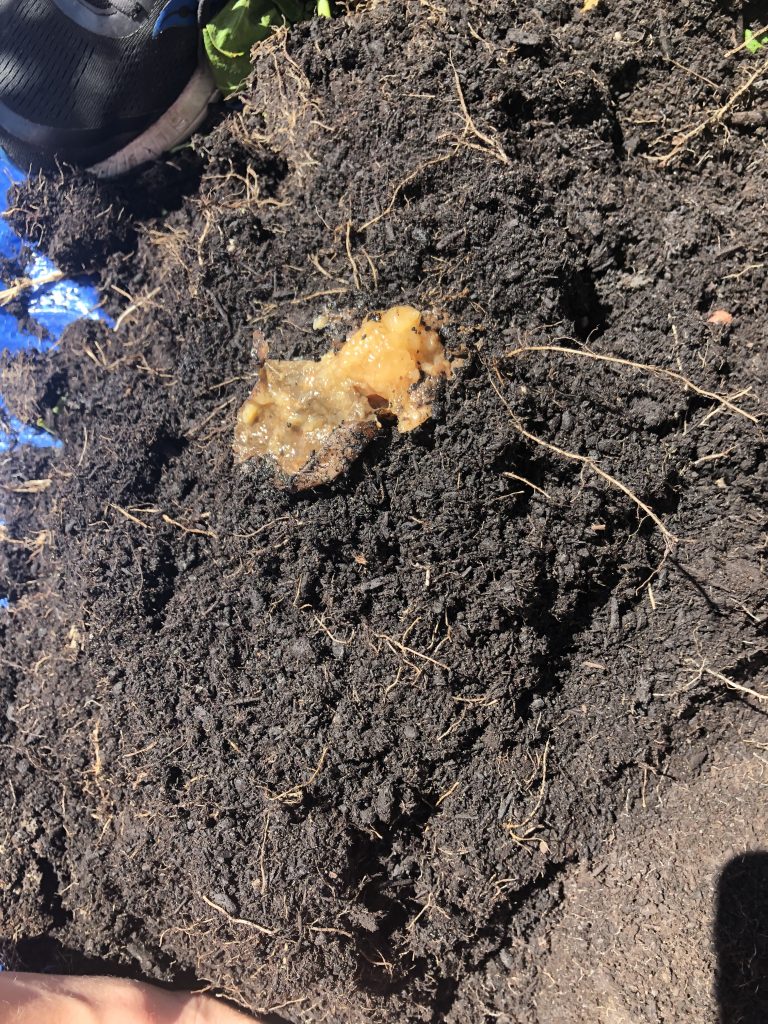
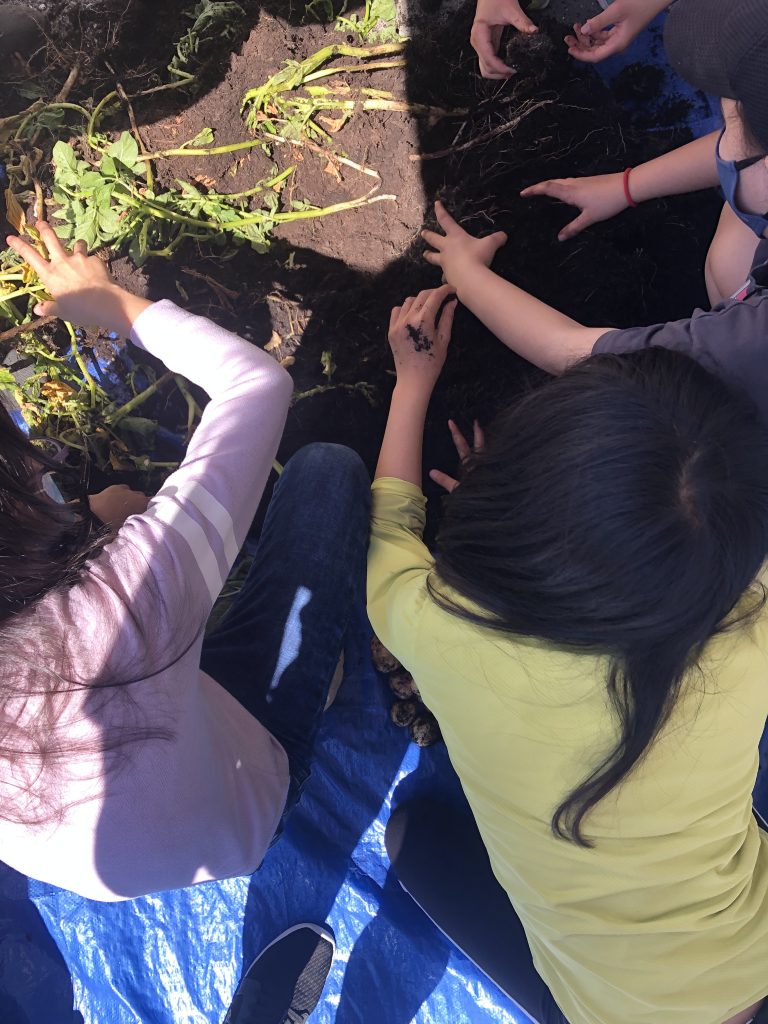
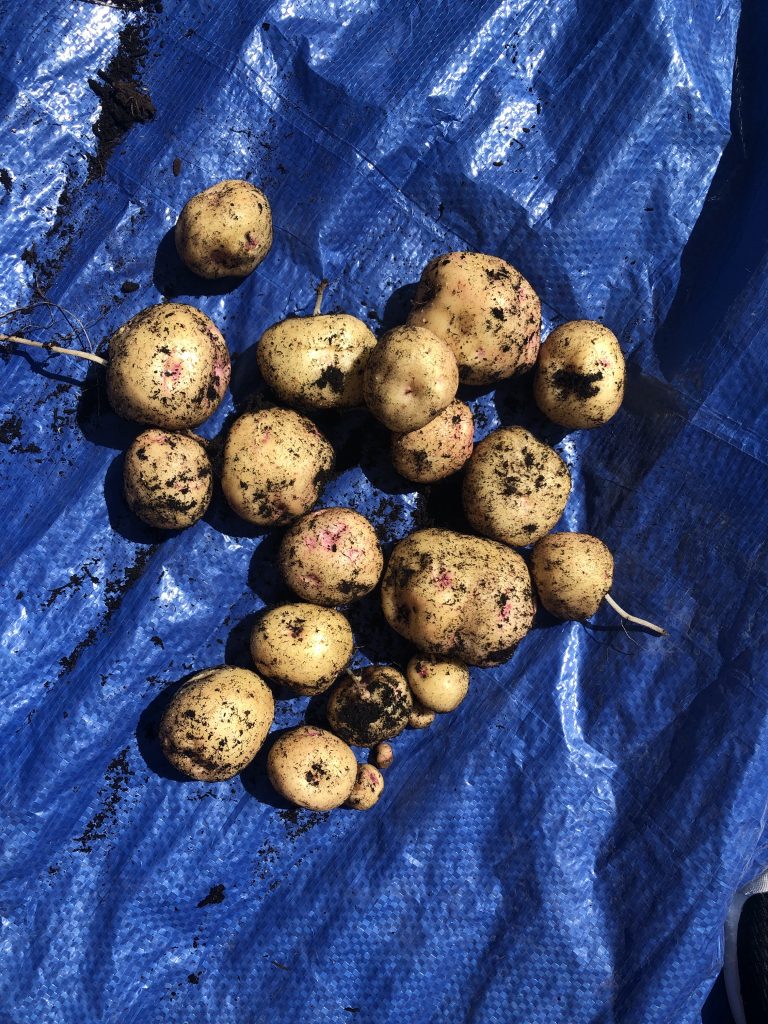
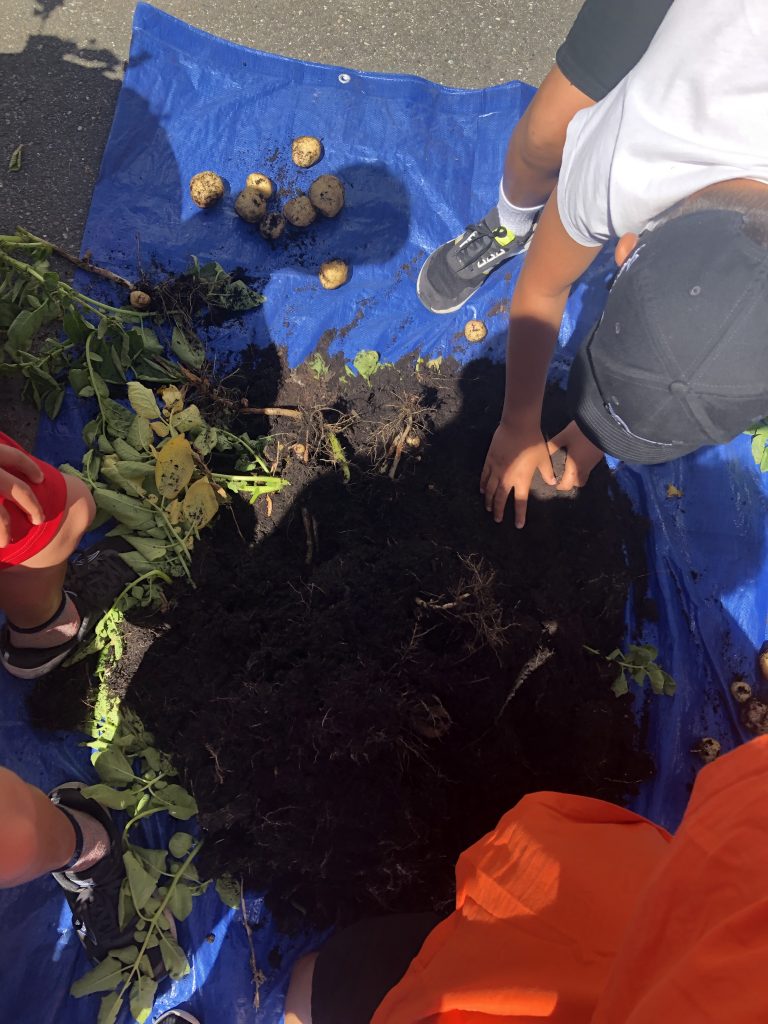
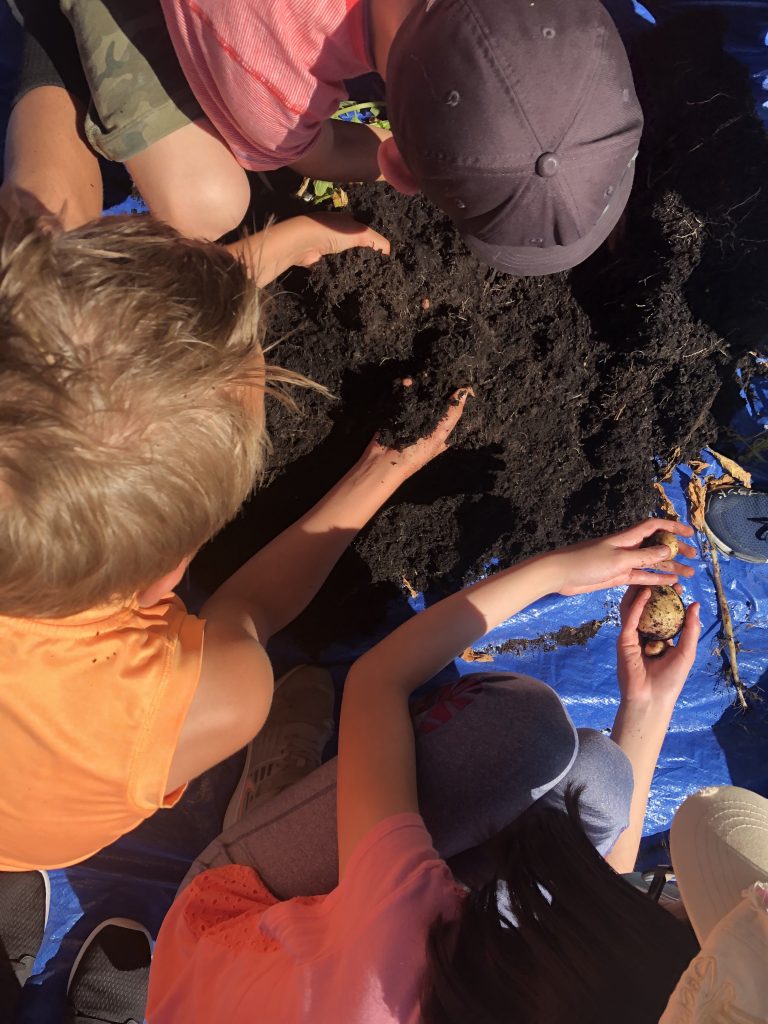
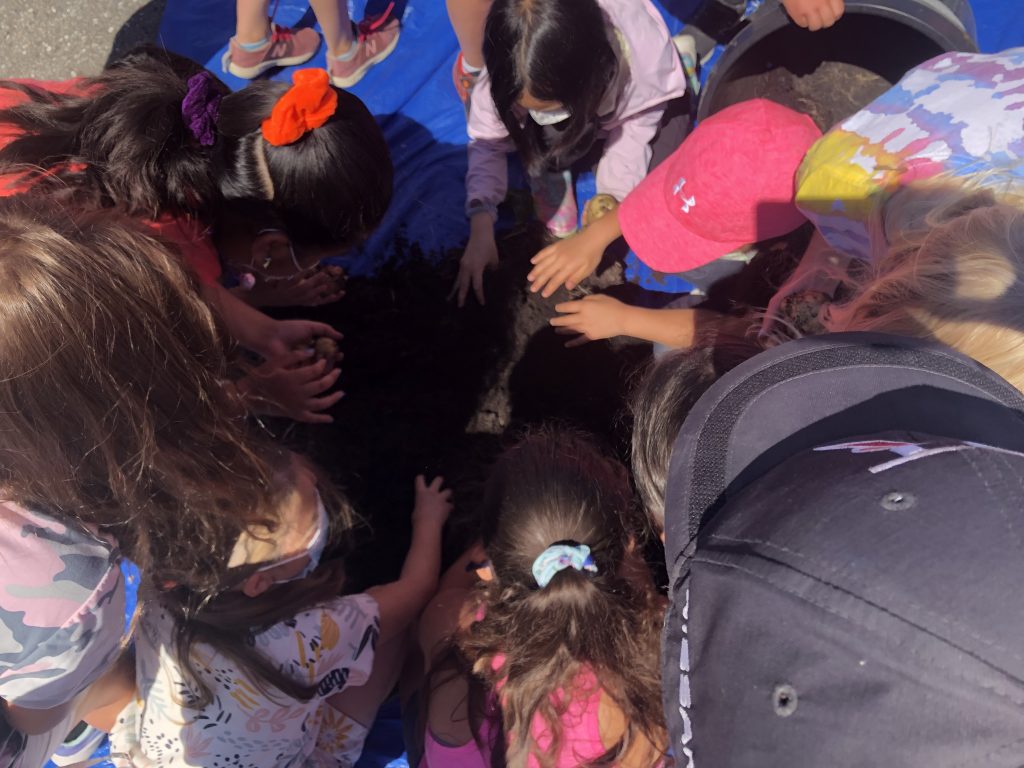
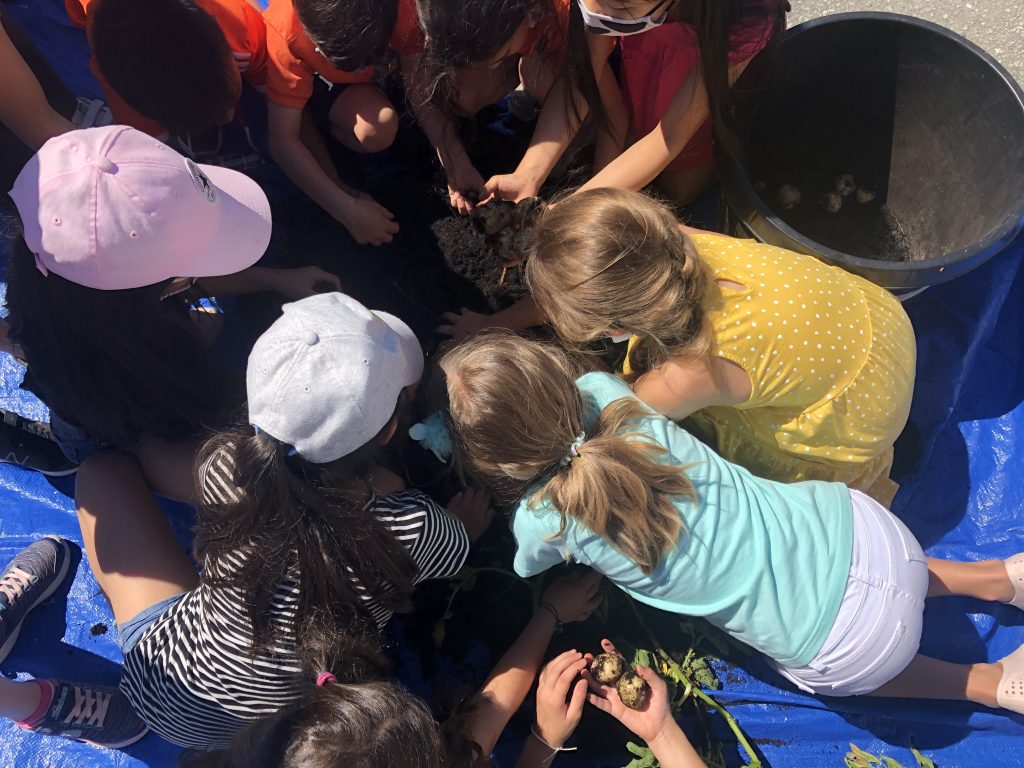
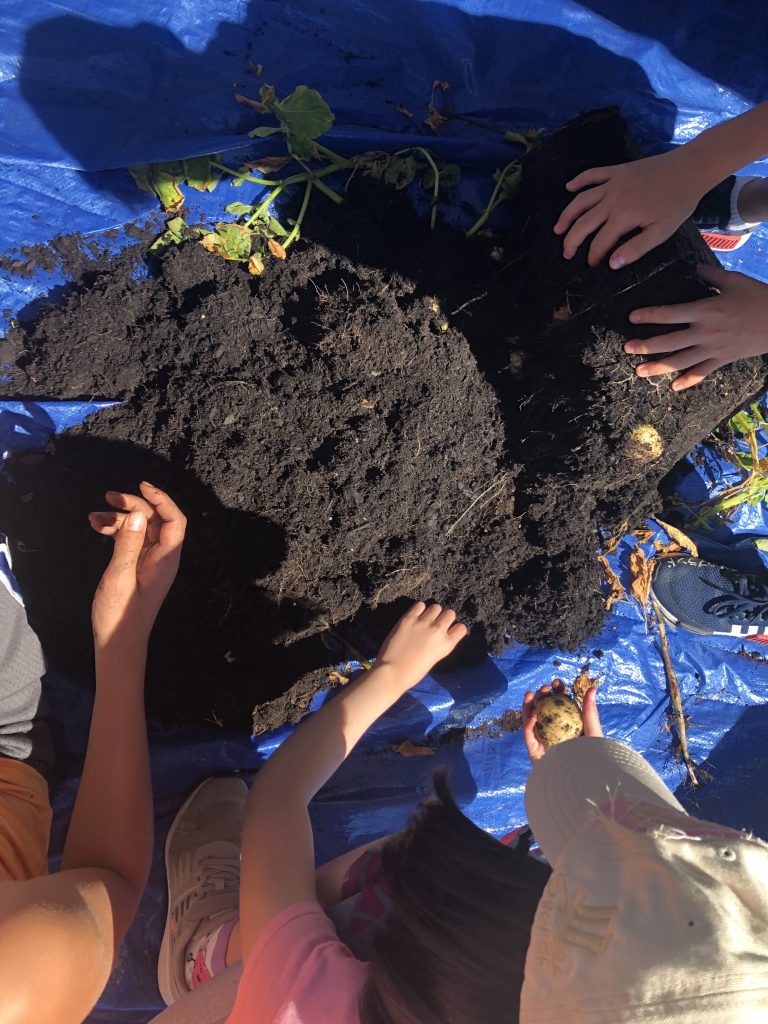 Today we harvested 298 potatoes with Division 9/11.
Today we harvested 298 potatoes with Division 9/11.